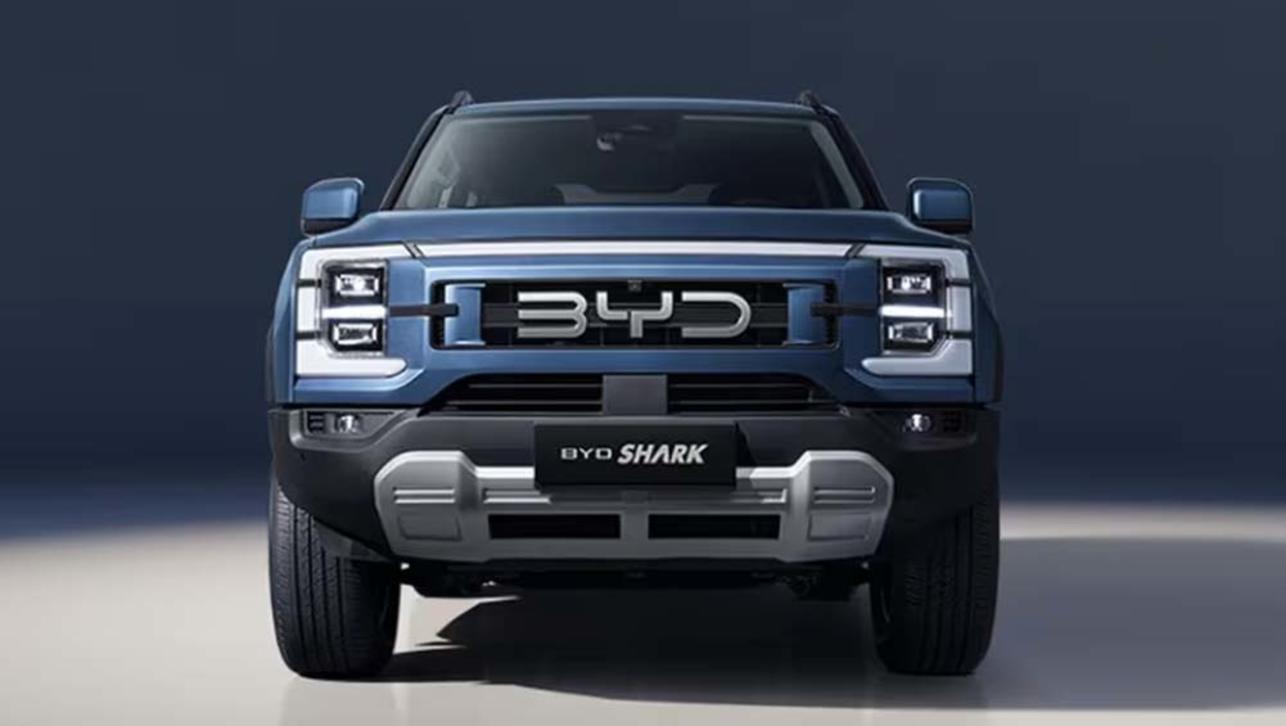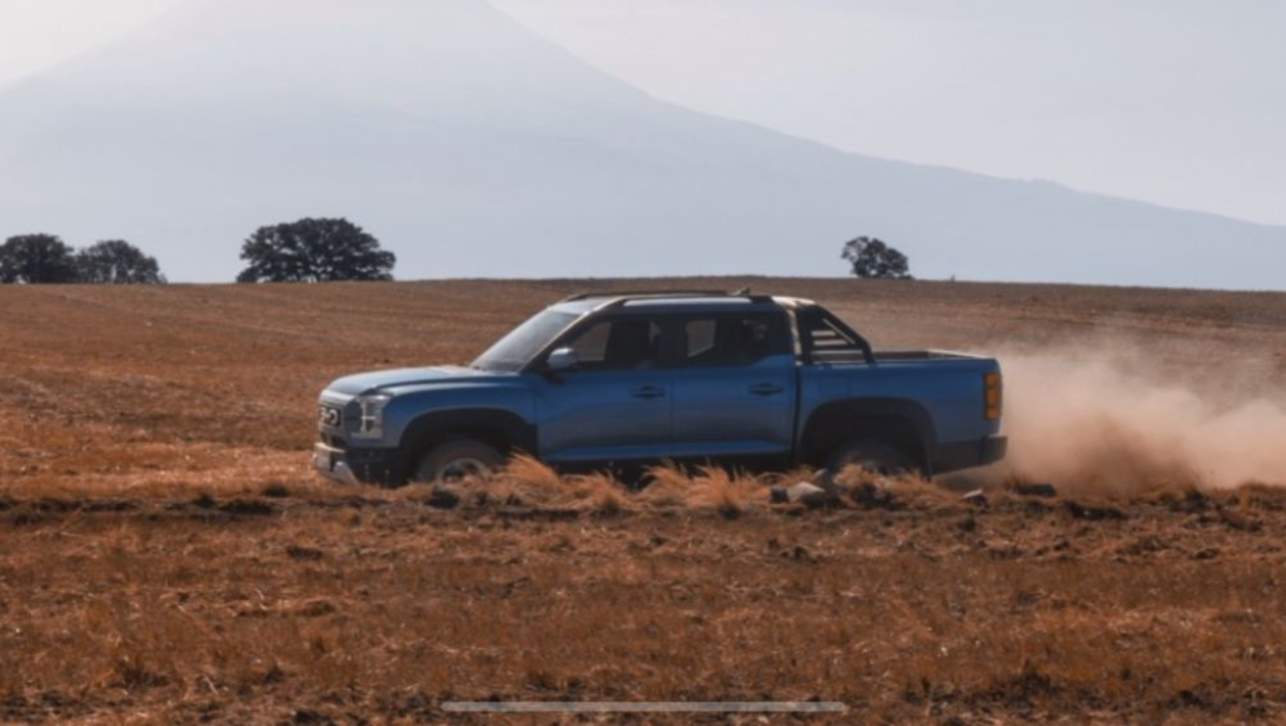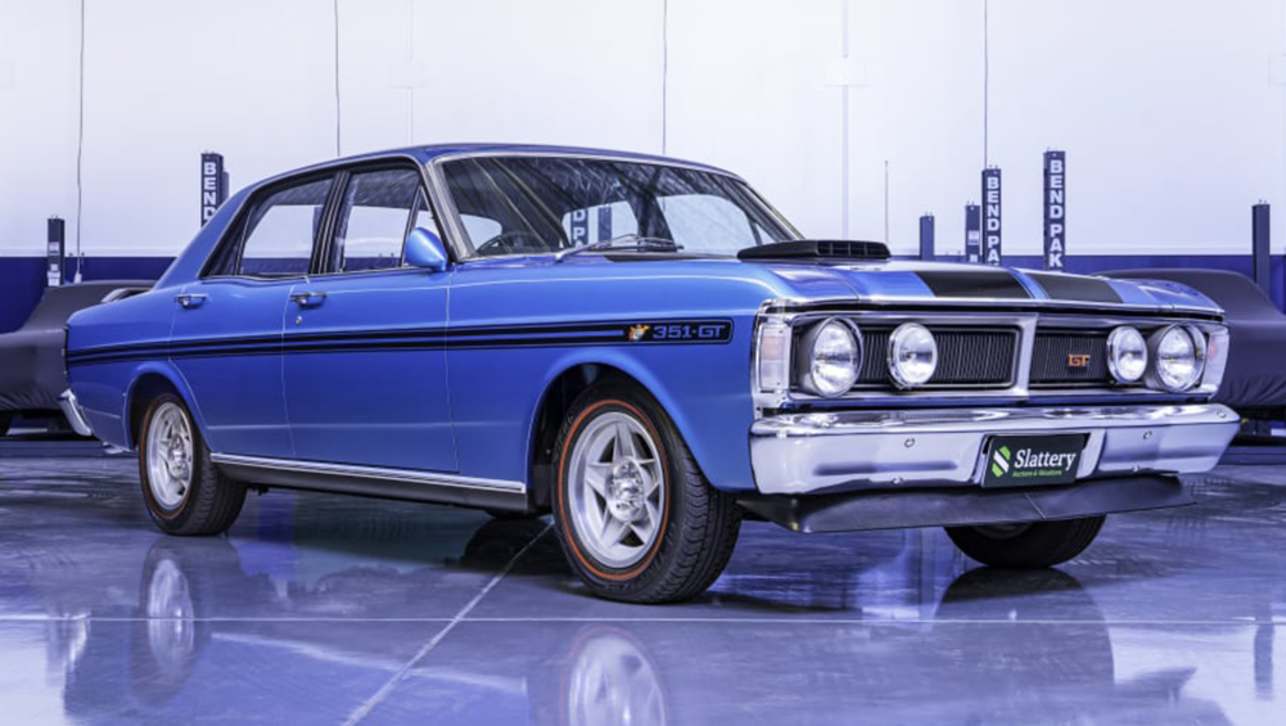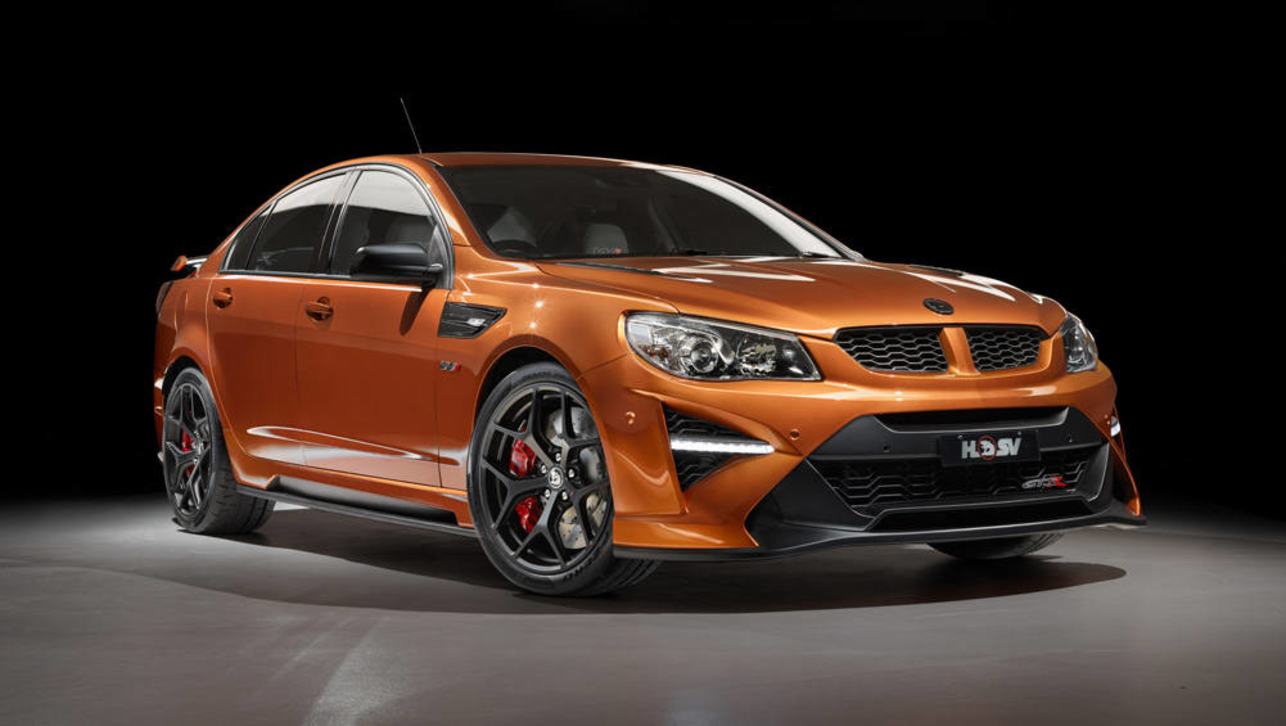 The new HSV GTS has become the fastest-selling model in the company’s 25-year history -- before the first one has even arrived at dealerships and before buyers even know the price.
The new HSV GTS has become the fastest-selling model in the company’s 25-year history -- before the first one has even arrived at dealerships and before buyers even know the price.
HSV dealers across Australia are holding more than 150 paid deposits for the Commodore powered by a supercharged V8 borrowed from a racing version of the US Chevrolet Camaro. The early orders came in based purely on speculation about the new model, but this year’s allocation of GTS sedans is likely to sell out quickly now that official photos -- but not price -- have been released.
 The new HSV GTS is expected to start at about $95,000 plus on-road costs, making it the second most-expensive Holden Commodore in the past 10 years (after the limited edition HSV W427 sold for $155,500 in 2008 and 2009). The last time a HSV GTS cost close to $100,000 was the Callaway V8-powered version from 2003, with an RRP of $97,500.
The new HSV GTS is expected to start at about $95,000 plus on-road costs, making it the second most-expensive Holden Commodore in the past 10 years (after the limited edition HSV W427 sold for $155,500 in 2008 and 2009). The last time a HSV GTS cost close to $100,000 was the Callaway V8-powered version from 2003, with an RRP of $97,500.
“This is the biggest response we’ve had for any HSV launch in our history,” said HSV director of sales and marketing boss Tim Jackson. “We’ve genuinely been overwhelmed by the reaction.” HSV GTS customers will need to be patient, however. Although the Clubsport, Maloo, Senator and Grange are due in showrooms in July, the first HSV GTS sedans are not due until late September.
 As exclusively revealed by News Limited last month, the new HSV GTS will have 430kW of power and 740Nm of torque, making it the most powerful family sedan on sale in Australia until the new Mercedes-Benz E63 AMG arrives later in the year. But the HSV GTS will outgun its European rivals on price, most of which cost in excess of $200,000.
As exclusively revealed by News Limited last month, the new HSV GTS will have 430kW of power and 740Nm of torque, making it the most powerful family sedan on sale in Australia until the new Mercedes-Benz E63 AMG arrives later in the year. But the HSV GTS will outgun its European rivals on price, most of which cost in excess of $200,000.
HSV is yet to publish acceleration times for the new GTS, but it is expected to reach 100km/h in less than 4.5 seconds. Top speed is electronically limited to 250km/h, as per General Motors’ global guidelines.
The HSV GTS also has the biggest brakes of any Australian-made production car: two-piece 390mm discs with six-piston calipers up front and two-piece 372mm discs with four-piston calipers on the rear (up from 378mm and 350mm respectively). The tech-heads may also like to know the front discs have 72 cooling vains (the same as a V8 Supercar), up from 48 with the old model.
The rest of the HSV range has four-piston forged calipers and 367mm discs front and rear. In a major leap for the Clubsport, Maloo, Senator and Grange, they now have bigger rear brakes than the front brakes of the previous model (365mm and 350mm).
The HSV GTS will earn notoriety for its epic power but it is also loaded with advancements, including a “torque vectoring” cornering control system inspired by Porsche and McLaren, and suspension technology also used by Ferrari.
Top models will come with a heads-up display that reflects vehicle speed and other key data into the windscreen in the driver’s line of sight, similar to that used by BMW. HSV cars also retain Holden’s self parking technology, standard across the new VF Commodore range.
Social media reaction to spy photos has centred on the more conservative design of the HSV Gen-F range. HSV says it wanted to create a classier looking range, and make it more aerodynamic. To that end it used the wind tunnel at Monash University to develop the front bumper bars and rear wings. The result: 0.358cD for the Clubsport (which has a more modest rear wing) and 0.365cD for the GTS. These are not numbers likely to win fuel economy challenges but better than they were before.
The GTS has a gaping mouth because HSV had to guarantee General Motors’ powertrain bosses in Detroit that it would be able to feed enough air to the LSA supercharged V8 engine to keep it cool on hot days. GM demanded 128,000mm2 of air flow but HSV delivered 130,000mm2 after testing the car extensively in the Australian outback in the peak of summer (The previous HSV E2 had 74,000mm2 of air flow through its front bumper). HSV even made the new GTS grille mesh thinner and removed the foglights to allow the LSA engine to breathe better.
To handle the epic grunt, the GTS is equipped with heavy duty automatic and manual transmissions (the latter with a double-plate clutch) and a massive 9.9-inch differential with cooling fins. The whole unit is about the size of an outboard boat motor.
To give the HSV GTS enough ground clearance for the differential, it has fitted a slightly taller profile of tyre across the range: 255/35 up front and 275/35 at the rear (compared to 245/35 and 275/30 before). HSV has ended its 25-year relationship with Japanese tyre maker Bridgestone and switched to a high performance European Continental 5P tyre that was originally developed for Mercedes-Benz.
While the big news is the supercharged 6.2-litre V8 GTS, the rest of the HSV range retains the Corvette-sourced 6.2-litre V8 from the previous generation (with the same outputs as before of 317kW and 325kW, depending on the model).
An option pack with 340kW of power and 570Nm of torque is available at extra cost on the Clubsport R8 and Maloo R8. Pricing, weight and fuel economy figures for each model are due later this month.
This reporter is on Twitter: @JoshuaDowling





.jpg)


.jpg)


.jpg)


.jpg)
.jpg)




.jpg)




.jpg)
.jpg)

.jpg)


Comments